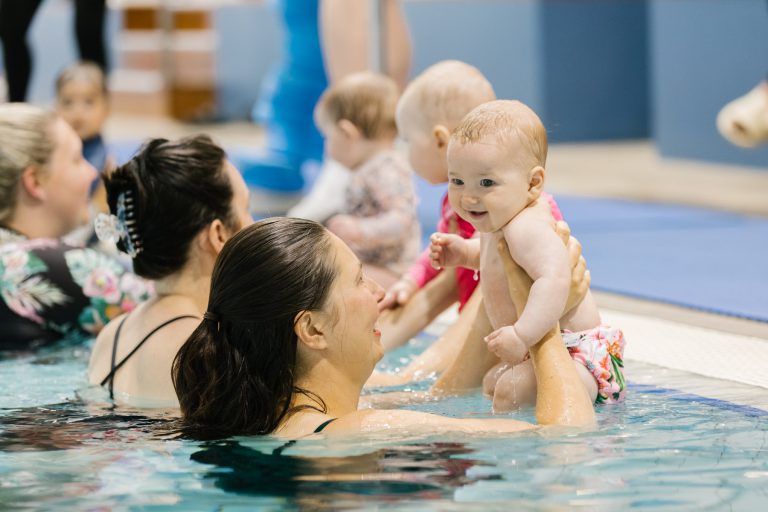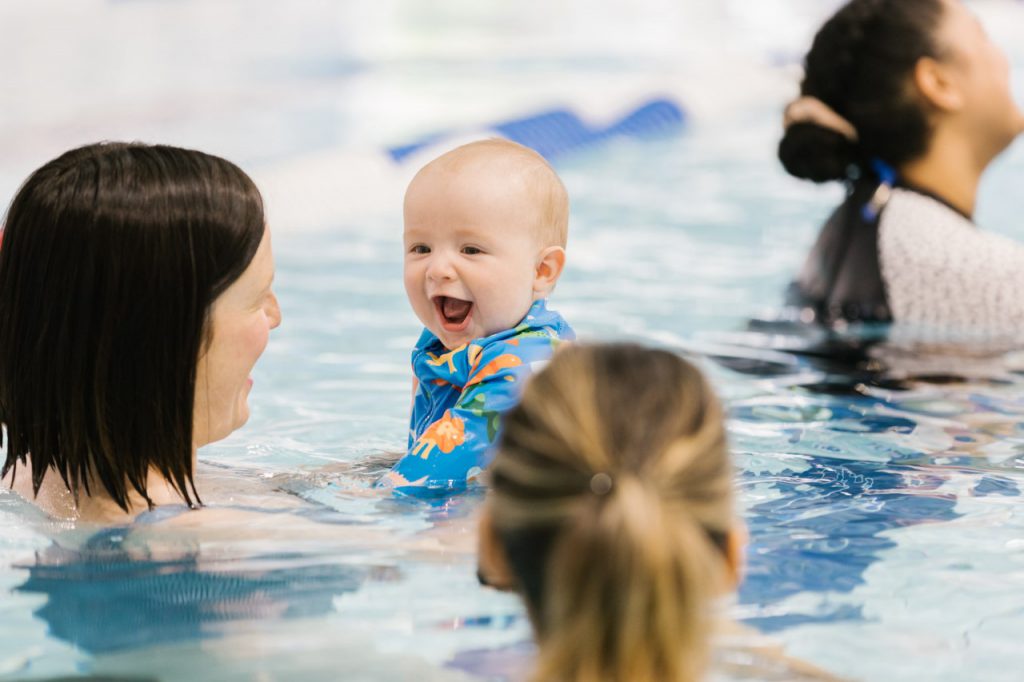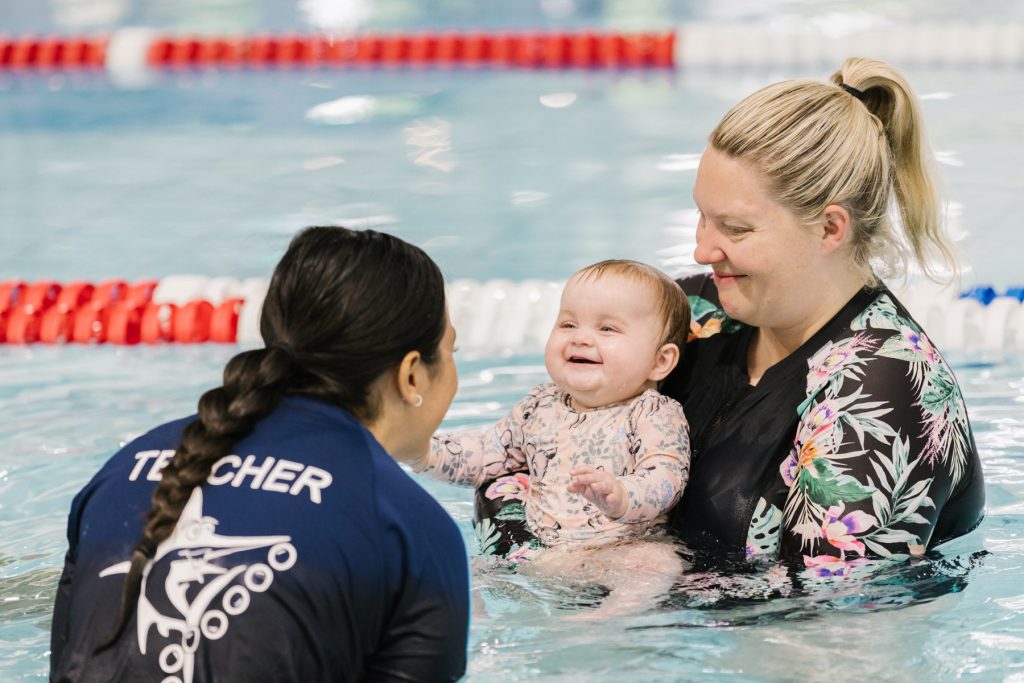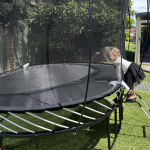How to Create a Lifelong Love of Swimming in Your Kids

Learning to swim is a rite of passage for children that not only opens up a whole new world of fun and adventure, it’s also crucial to ensuring their safety around water. Some children are naturally more cautious around water, but the good news is that even the most water-averse kids can develop a lifelong love of water with enough patience and the right guidance.
We’ve put together some tips in on how parents and guardians can help kids to foster a lifelong love of swimming.
Introduce Them to Swimming Early
Children who are exposed to fun and gentle water play from a young age are more likely to consider being in water as a positive experience. The good news is that there are plenty of games you can play with them in the bath in preparation for learning to swim such as:
Blowing Bubbles
Encourage your child to place their mouth near to the water and blow out air to create bubbles. This fun but seemingly simple game can help them to learn how to control their breath, a skill that is integral to learning to swim.
Water Pouring
Giving your child a cup in the bath and encouraging them to pour it on their head is a great way to get them used to the sensation of having water in their face and eyes.
Kick Practice
Encourage children to practice kicking their legs and splashing which is an essential skill for swimming.

Enrol in Lessons
There is more to learning to swim than simply being able to move around in the water. Children also need to learn what to do if they get into trouble in the water. Enrolling your child in a swim school that focuses on survival skills like Paul Sadler Swimland can equip your child to respond to unexpected situations such as becoming tired when swimming, or accidentally falling into a pool or other body of water. Learning how to float, tread water, and perform basic swim strokes helps children to build confidence and allows them to enjoy their time in the water more readily.
Related: 8 Water Skills or Lessons Your Child Should Be Learning Now Before Summer Arrives

“In our Parent and Child programs for children under 3 years – Wonderbabies and Wondertots, we go with baby led swimming,” explains a spokesperson for Paul Sadler Swimland. “We let the child lead when they are comfortable with submersions – under no circumstances do we advocate dunking them. We position them, give them the cue and when they are ready, they take off and submerge. This allows them to develop confidence in the water and trust in their caregiver.”
“We teach safety and survival skills, in a nurturing way, from the very first lesson. We believe that children who have respect for the water will be safer, quicker. Our classes focus on water comfort, mobility, safety and survival, whilst building on their learning from land into water using colours, shapes, sounds and touch.”
Make it Fun
The worst thing you can do to a child learning to swim is apply any pressure on them. Instead focus on making it enjoyable. Pool toys and games like ‘splash the water’ or ‘find the treasure’ can make being in the water more fun for children.
Be a Positive Role Model
Children are always watching and learning from us. Disregard any personal qualms you may have about wearing a swimsuit in public and show your child your own love of swimming by being an active and enthusiastic participant in family water activities.
Provide Regular Opportunities to Swim
Schedule regular swim lessons or water activities so that children have the chance to develop and build upon what they’ve learned. Many parents are reluctant to take their child to swimming lessons in the winter, but this can be a mistake resulting in regression of skills.
Related: Six Reasons Why You Shouldn’t Take a Break from Your Child’s Swimming Lessons Over Winter
By fostering a positive and fun environment, and teaching children the necessary water survival skills, you can help your child to develop a love of swimming that will stand them in good stead for their future.












